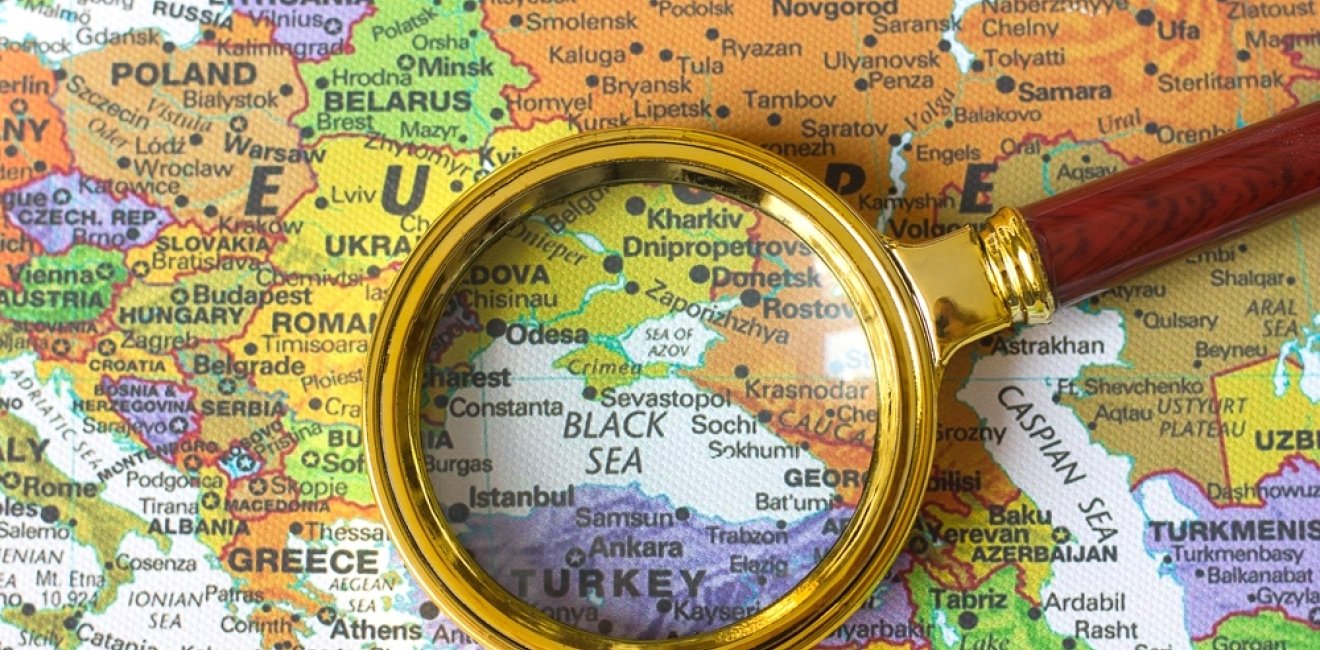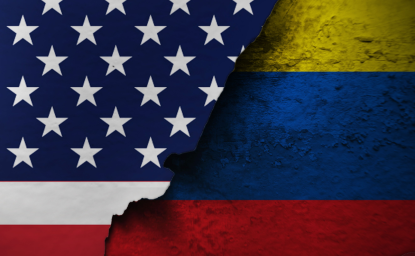Ukraine has made significant strategic gains in the Black Sea and views the region as a growing area of focus. Despite not having a sizable surface fleet, Ukraine has been able to effectively combat the Russian navy’s ships to the point where the Russian Black Sea fleet moved ships away from Crimea for safety, allowing more secure passage of grain shipments. With recent Western aid packages to Ukraine lessening in frequency, more funds and attention should be paid to supporting this theater where Ukraine has proven especially effective. Bolstering Ukraine’s capabilities in the Black Sea will provide a better bargaining chip at the negotiating table. In addition, western navies should take note to learn from Russia's shortcomings and Ukraine's successes in the Black Sea.
Since 2014, Ukraine has not had a sizable surface fleet. This has entirely to do with Russia’s illegal annexation of Crimea and seizure of all major surface ships in the Black Sea port of Sevastopol, representing about 75% of its surface fleet. The move also nullified a treaty that leased the base between the two countries originally signed in 1997, with a 2010 extension for 2042. This action, along with the Kerch Strait incident in 2018, seriously degraded the Ukrainian navy before the full-scale invasion by Russia in 2022. Since the outbreak of the war, Ukraine has claimed to have sunk or disabled a third of Russia’s Black Sea Fleet, including attacks on the Black Sea Fleet headquarters based in Sevastopol, forcing the rest of the fleet to move eastward and out of range of Ukrainian missiles. This is primarily due to the use of drones and missiles fired from the mainland, rather than ship-to-ship action, which has not been a factor in the war thus far. These attacks have occurred concurrently with Ukraine establishing a grain shipment corridor in the Black Sea through Odesa and hugging the Danube River delta as Ukraine looks to continue to send its products to market.
Bolstering Ukraine’s capabilities in the Black Sea will provide a better bargaining chip at the negotiating table.
Black Sea grain exports: Vital lifeline for Ukraine’s economy
Just as the Black Sea has proven to be a critical arena in Ukraine’s defense strategy, keeping grain shipments flowing has become crucial for sustaining Ukraine’s wartime economy. For decades, this “breadbasket of Europe” has relied on its Black Sea ports to help its produce reach the global market: in 2021, grain and other agricultural products represented nearly a quarter of Ukraine’s total $69 billion in exports. While trade fell sharply immediately following Russia’s invasion, the summer of 2022 offered hope as Russia and Ukraine signed the Black Sea Grain Initiative, a deal brokered by the UN and Turkey that allowed maritime grain exports to resume safely. Bolstered by overland “solidarity lanes” established by the EU, the agreement restored a major source of revenue for Ukrainian farmers. This reprieve only lasted until the summer of 2023, however. Russia abruptly and unilaterally withdrew its support, claiming that Ukraine was exploiting the deal for military purposes.
Ukrainian grain exports across the Black Sea have continued since the grain deal's collapse, largely thanks to the country’s military successes in the Black Sea. Drawing on its strikes on Russia’s Black Sea Fleet that have forced the end of the Russian blockade, Ukraine has begun using its southern ports to send grain ships along the coastline of Romania and Bulgaria, where the relatively shallow waters prohibit Russian submarine operations. Although this new corridor has allowed the pace of grain shipments to remain consistent compared to when the grain deal was in place, the fate of Ukraine’s economy is still predicated on the continuation of aid deliveries from the West and its own military’s ability to hold off the Russian navy in the Black Sea.
Western support and lessons learned
More Western resources should be allocated to combat the bulk of the Russian Black Sea Fleet. Increased support for Ukraine in this arena has long-term benefits: it would weaken Moscow’s hold over the Black Sea, its geostrategic position more broadly, and degrade its ability to harass grain shipping vital to Ukraine’s economic health. Although recent aid packages have been earmarked for the fighting around the Donbas and in the east, and despite Ukraine’s recent strategic gains following its incursion into the Kursk region of Russia, the Black Sea should not be ignored. Any subsequent military aid packages, whether from the US Congress or frozen Russian assets held in the EU, should provide for continued support of this theater.
Drawing on its strikes on Russia’s Black Sea Fleet that have forced the end of the Russian blockade, Ukraine has begun using its southern ports to send grain ships along the coastline of Romania and Bulgaria, where the relatively shallow waters prohibit Russian submarine operations.
Western navies can learn from the successes and failures that both Ukraine and Russia have demonstrated in this region. Developing effective anti-drone countermeasures that are both cost-effective and practical, as well as investing in naval drone capability will be critical for future naval strategy. Despite not possessing a floating navy of its own, Ukraine has managed to sink or cripple many large surface ships, forcing the rest of the fleet to relocate. This has occurred in large part due to Ukraine-built Neptune missiles, but also kamikaze-style sea drones that have successfully swarmed larger conventional Russian warships, resulting in at least three being sunk, and others damaged. This shows both the hubris and inefficacy of the Russian fleet in adapting to this new style of warfare. Supporting Ukraine in the Black Sea will strengthen its position in this contested theater, offering a better position in Ukraine’s favor for seeking a favorable peace with Russia.
Authors



Global Europe Program
The Global Europe Program is focused on Europe’s capabilities, and how it engages on critical global issues. We investigate European approaches to critical global issues. We examine Europe’s relations with Russia and Eurasia, China and the Indo-Pacific, the Middle East and Africa. Our initiatives include “Ukraine in Europe”—an examination of what it will take to make Ukraine’s European future a reality. But we also examine the role of NATO, the European Union and the OSCE, Europe’s energy security, transatlantic trade disputes, and challenges to democracy. The Global Europe Program’s staff, scholars-in-residence, and Global Fellows participate in seminars, policy study groups, and international conferences to provide analytical recommendations to policy makers and the media. Read more

Explore More
Browse Insights & Analysis
The OSCE is a Good Value for America





